As we age, drooping eyelids and under-eye bags can appear, making us look tired, sad, or older than we feel. In some cases, heavy eyelids can even impair vision. Fortunately, blepharoplasty, a cosmetic surgery technique, can rejuvenate your eyes and enhance your overall appearance. This procedure helps open up the eyes, offering a more vibrant look without altering your natural eye shape or size.
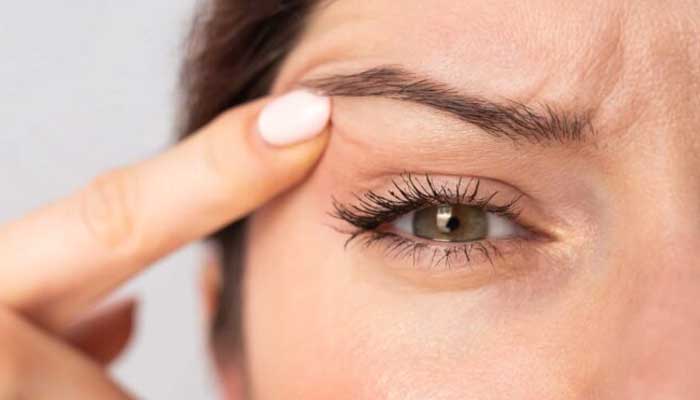
Why Are My Eyelids Drooping?
With age, our skin loses elasticity and becomes thinner, producing less collagen and elastin. The delicate skin around the eyes is particularly affected, leading to sagging upper and lower eyelids. Common issues include:
- Excess Skin: This can weigh down the eyes and, in some cases, obstruct vision.
- Fatty Deposits: A pocket of fat or hernia can form above the eyes.
- Hollowing: Loss of fatty tissue can make dark circles appear more pronounced.
These changes can make us look tired or older, but blepharoplasty can correct these issues and rejuvenate your look.
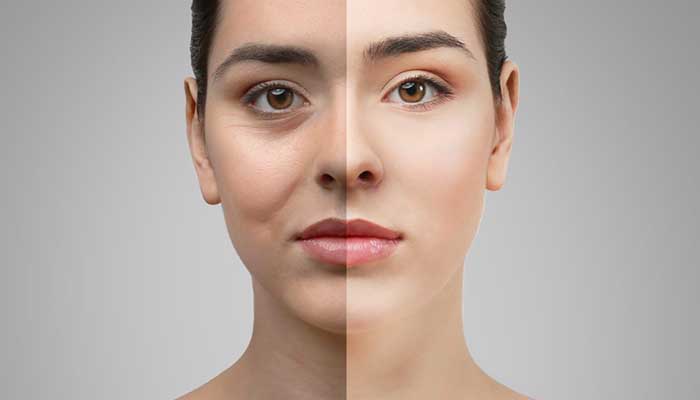
What Does Eyelid Surgery Involve?
Blepharoplasty corrects excess skin and fat on the upper and/or lower eyelids. It can also improve vision by addressing heavy, drooping eyelids. There are two main types of blepharoplasty:
- Upper Blepharoplasty: This procedure removes excess skin and fat from the upper eyelids. It can be combined with a cervico-facial lift to address sagging that affects the entire face.
- Lower Blepharoplasty: This corrects issues with the lower eyelids, such as bags or hollows, often caused by water retention, muscle hypertrophy, or fatty hernias.
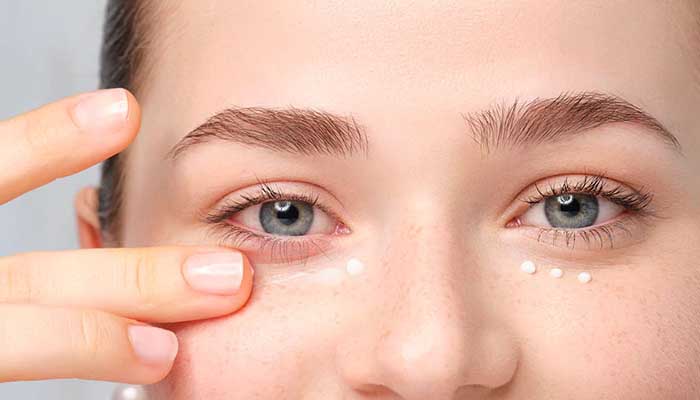
Complementary Aesthetic Treatments for the Eyes
To enhance your results, you might consider additional treatments such as:
- Hyaluronic Acid Injections: These can fill in hollows under the eyes.
- Lipofilling: This involves injecting your own fat to address dark circles.
- Botox Injections: These smooth out expression lines around the eyes.
These treatments can complement blepharoplasty, further improving the appearance of your eyes.
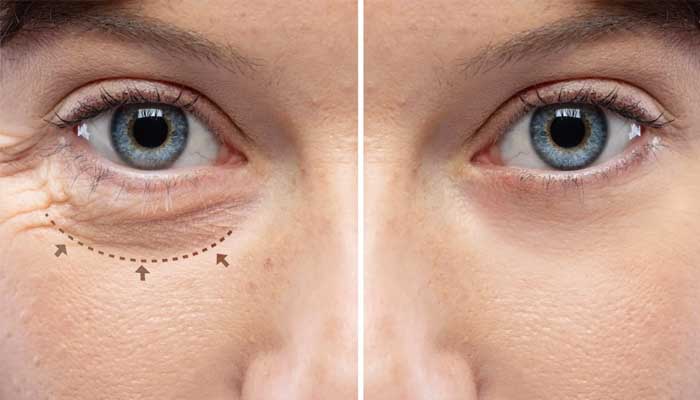
What About the Scars?
Blepharoplasty involves very fine incisions, usually placed in the natural folds of the skin. For upper eyelids, the incision is hidden in the natural crease, while for lower eyelids, incisions may be made inside the lid or under the lashes, depending on the case. Scars initially appear pink but fade over time. Proper care, including avoiding sun exposure and massaging the scar, can help minimize their appearance.
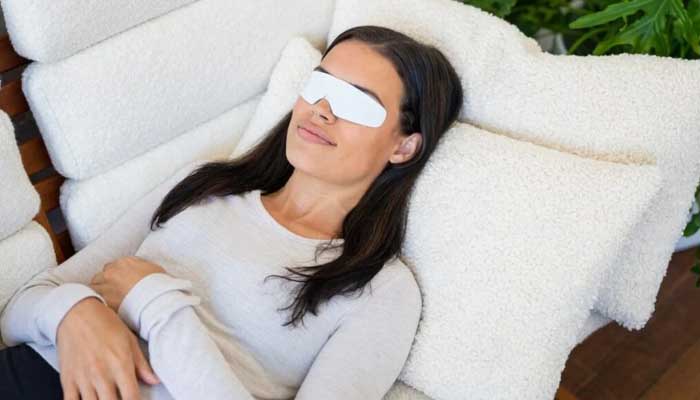
What to Expect After Blepharoplasty
The procedure is not typically painful but may cause some discomfort and tightness for the first 48 hours. Recovery involves:
- Rest: Limit activities and avoid strenuous efforts.
- Ice Application: Use ice packs to reduce swelling.
- Daily Care: Clean the eyes with a physiological solution and apply an ophthalmic ointment as prescribed.
You may notice temporary asymmetry and bruising, but these will improve within 10 to 15 days. Scars will gradually fade, and eyelid sensitivity should return after about two months. A small correction may be possible six months post-surgery if needed.
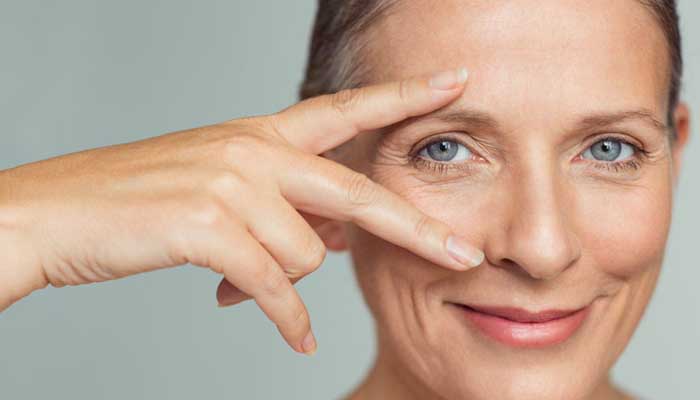
When Will I See the Results of My Eyelid Surgery?
The results of blepharoplasty are often dramatic. Patients typically experience a more open, bright look that makes them appear rejuvenated while retaining their unique charm and personality. This is the essence of blepharoplasty—achieving natural-looking enhancements through meticulous, precise surgery performed by an experienced surgeon.
